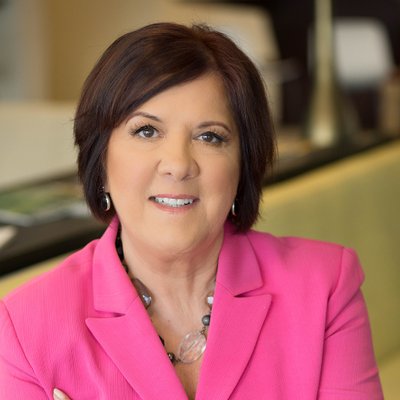Call it “bliss” economics.
That’s one way to describe the attitude of most consumers surveyed by Fidelity Investments’ New Year Financial Survey for 2018. Approximately 76% predict they will be better off financially in the New Year, but only 27% were willing to make a financial resolution.
Respondents said they want to save more (55%, up from 50% in 2016) and spend less (18%, up from 16%) in 2018, but fewer are committing to paying down debt (25%, down from 28% in 2016).
Business reporters can develop one, or all, of these angles in reporting a timely story on consumers making financial resolutions that stick:
More savings
Not surprisingly, the personal savings rate started to climb following the financial crisis of 2007-2009 and reached a high of 11% in 2012, according to statistica.com, an online statistics company. But by November 2017, the rate had sunk by nearly three-quarters, to 2.9%, reported FRED, the economics division of the Federal Reserve Bank of St. Louis.
The rule of thumb to save for retirement is 20%. That can be a stretch for Millennials just starting their careers, so the Millennial personal finance site MoneyUnder30.com advises starting with 5% in a company 401(k) plan and adding 1% in increments.
Use your news organization’s social media outlets to find and ask readers what number they have in mind for 2018, and how they plan to save it. See if you can find some younger savers in your area and ask them about the strategy they plan to use this year.
Less spending
Examples of consumers who spend less — and save more money — abound on the web. A recent and admirable one is found in the story of “Daniel,” the founder of zerodayfinance.com, who came up with a simple strategy to minimize his spending: One day a week, the 26-year-old Millennial, who lives in pricey New York City, buys absolutely nothing — not even a morning coffee. In the past six months, he says he’s saved $18,432 and also cut his monthly spending by 33%, from $4,700 a month to $3,170 a month, which allowed him to max out his 401(k).
For this story, ask two to three local financial planners to look at the budgets of three readers across different demographics, for ways they can save more money in 2018. Get out on the street and see if you can find any interesting ways people are cutting their spending.
Paying down debt
Half of all U.S. households have credit card debt. In November 2017, the personal finance site NerdWallet studied Federal Reserve statistics and estimated that cardholders carry an average balance close to $16,000 ($15,654), and pay $904 in interest. With the Fed’s recent rate hike just before Christmas, and four more expected in 2018, cardholders can expect to pay out $1,000 — or more — in interest by the end of the year.
Sit down with your data-reporting staff to tell this story largely as a graphic. For a debt repayment calculator, create your own or use one from credit counseling agency Consumercredit.com or a personal finance site such as CreditKarma.










